- Although the 1,020-horsepower Model S Plaid failed to break the 2-second barrier, it's still quicker than anything else Edmunds has tested to date.
- At 4,842 pounds, the Plaid is hardly a lightweight, but it has a better power-to-weight ratio than a Lamborghini Huracan Evo.
- Despite its incredible acceleration and excellent tire grip, the Plaid doesn't feel like it was engineered to go around corners.
TESTED: The Tesla Model S Plaid Is the Quickest Car We've Ever Tested
It may not be a true sub-2-second car as Tesla claims, but here's why that doesn't matter
There has been a lot of fanfare around the 2021 Tesla Model S Plaid since it launched, largely because of Tesla's insane acceleration claims — zero to 60 in under 2 seconds, it said. Could this family-friendly electric luxury sedan actually be quicker than nearly every sports car currently in production today?
The Plaid version of the Model S doesn't look much different from any other Model S built in the last few years, but there's a lot going on underneath the sheetmetal. Most notably, it gets an extra electric motor for a total of three — one driving each rear wheel, plus a third powering the front wheels. The combined output is a claimed 1,020 horsepower, which is about 350 more hp than the dual-motor Model S Long Range.
Numbers from the manufacturer are one thing, but we've seen a lot of unexpected results at the Edmunds test track over the years. Would this $138,000 electric sedan deliver the goods with our testing equipment strapped on? We were quite interested to find out.
How fast is the Tesla Model S Plaid in Drag Strip Mode ... and what is Drag Strip Mode?!
Before you can extract the quickest acceleration from the Plaid, the batteries and electric motors need to be preconditioned. You do that by selecting "Drag Strip Mode" in the Pedals and Steering menu settings. The preconditioning process can be initiated even when you're on the move, but it takes a bit of time, which can vary. Our test car took just over seven minutes to ready itself for our acceleration runs while parked in 76-degree weather.
Once preconditioning is complete, you can initiate the launch sequence by pressing the brake pedal firmly with your left foot and flooring the accelerator with your right. You'll know you've done it right when a yellow orb of light appears in the gauge screen and the car starts lowering its front suspension into its "Cheetah stance." This tucks the wheels noticeably in the front and gives the car a better launch by helping counteract the suspension squat that vehicles experience under acceleration, which typically lifts up the front end and reduces traction at the front tires.
When you see the message "Cheetah stance enabled, ready to launch" on the screen, removing your foot from the brake catapults you with blurry-eyed force as the steering gets light and a bit squirrely. The combination of sensations made our single-lane acceleration track feel very narrow and very short, very quickly.
The official results? We hit 60 mph in 2.3 seconds and passed the quarter mile in just 9.4 seconds at a preposterous 150.8 mph. Had we factored the Plaid's 0.24-second rollout time into its final numbers, as some like to do, we'd report 2.1 seconds to 60 mph. It's important to note that Tesla factored rollout into its claimed sub-2-second 0-60 time (along with a specially prepared track surface). At Edmunds, we don't use rollout in any of our reported 0-60-mph times, for good reasons that you can read about here.
So how does it compare against an Italian supercar?
While the Tesla Model S Plaid isn't a sub-2-second car by Edmunds standards, it's still the quickest car we've tested to date. The 2020 Lamborghini Huracan Evo is the most comparable car we've tested recently, and it achieved a 0-60 mph time of 2.8 seconds, passing the quarter mile in 10.8 seconds at 127.6 mph. That's pretty incredible by most measures, but the Plaid makes even a V10 Lambo look lame.
For fun, we also looked at longitudinal acceleration force (measured in g), which may help paint a better picture than quoting a time. One "g" is equivalent to the force of gravity, so anything above a value of 1.00 is a force greater than the gravity that keeps us planted to the ground. The Lambo peaked at 1.14 g momentarily around 17 mph, but the Plaid sustained an average acceleration g of 1.15 g all the way to 60 mph — enough to pin you to your seat or even a wall! Furthermore, the average amount of g force we felt in the Lambo accelerating to 60 mph was the equivalent of what we felt in the Plaid all the way to 102 mph.
It's fast, we get it. What about everything else?
To Tesla's credit, the Plaid's thermal management system had no issues keeping it prepped for insane run after insane run. However, it did not take long to lose confidence in the brakes — after the second run, they began to feel less enthusiastic about hauling down all 5,000 pounds of car and driver from 150 mph. We performed our usual panic-stop test from 60 mph before the acceleration runs and recorded a distance of 108 feet. While this is a pretty good result for a car with summer tires, we felt the brake pedal was too soft and didn't provide the level of confidence we'd expect. We actually have concerns that the Plaid's braking capability will be insufficient for how some owners may drive their cars.
Brakes aside, we also weren't too impressed with how the Plaid handled and steered. For one thing, the unique rimless steering "yoke" offers zero ergonomic benefits. It may give folks of a certain age some nostalgia for video-game arcades, but it loses its appeal the moment you have to make any considerable steering inputs — there's just not enough to grab onto. The ratio, or how much the front wheels turn in relation to your steering input, is inadequate given the yoke's limitations, and to make matters worse, there's very little feedback from the front wheels telling you when your tires are no longer gripping the road surface. Despite this lack of feel and confidence, we still managed to pull an average of 1.06 g around the skidpad, putting the Plaid neck-and-neck with the BMW M5 Competition.
Edmunds says
The Tesla Model S Plaid is a marvel of engineering, at least in terms of acceleration and powertrain thermal management. If speed is your main goal, there are currently no cars that can match it, unless perhaps you're cross-shopping Bugattis. If you want a car that handles like a sport sedan, however, the Plaid might disappoint, and we have strong reservations about the braking capacity. You can check out our Model S page for a full review of the Plaid, watch our video review of the Plaid, or even see us drag race Tesla's finest against two of the quickest production superbikes.
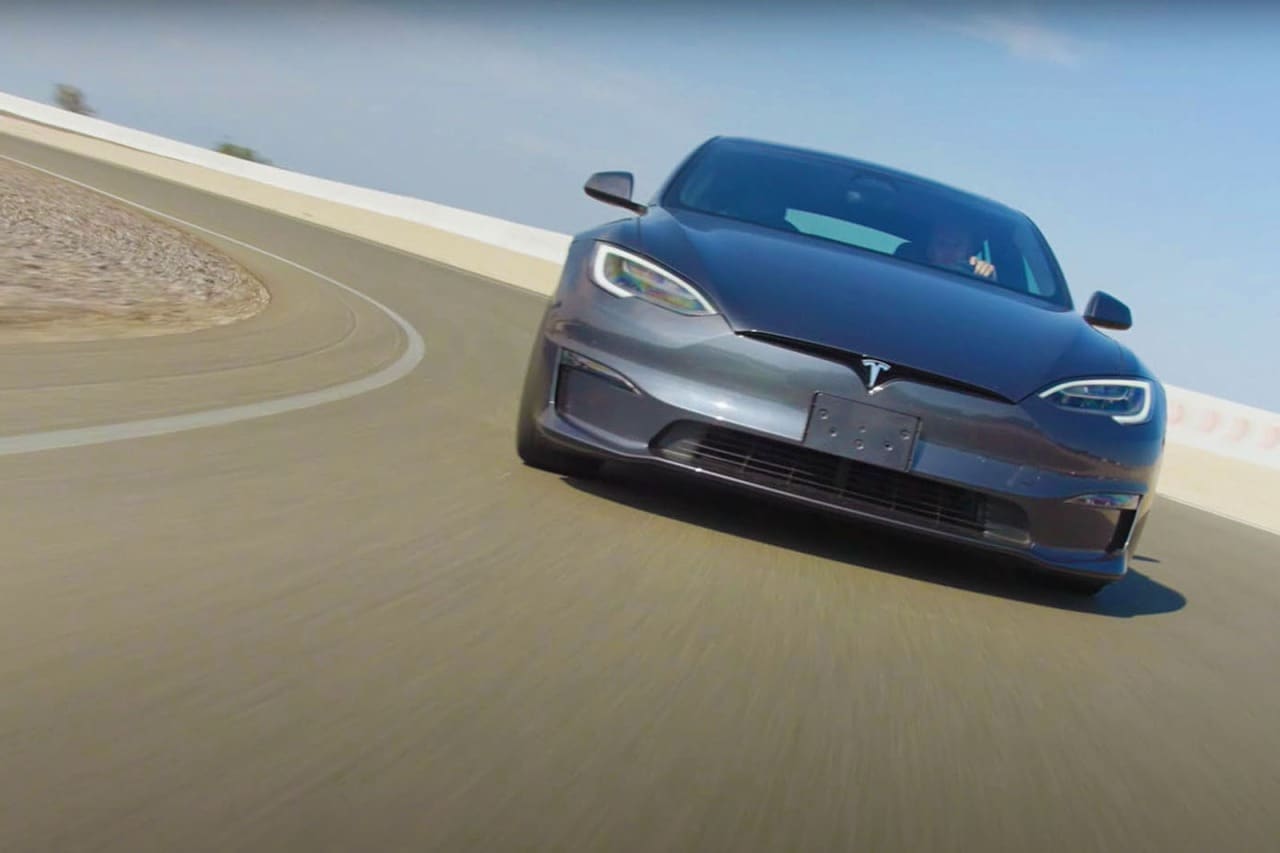
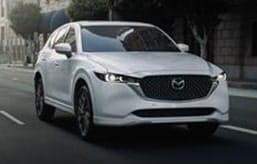
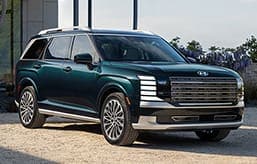



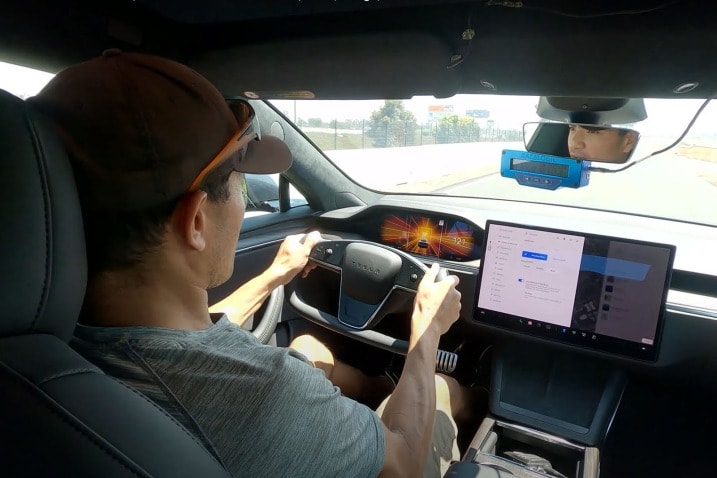
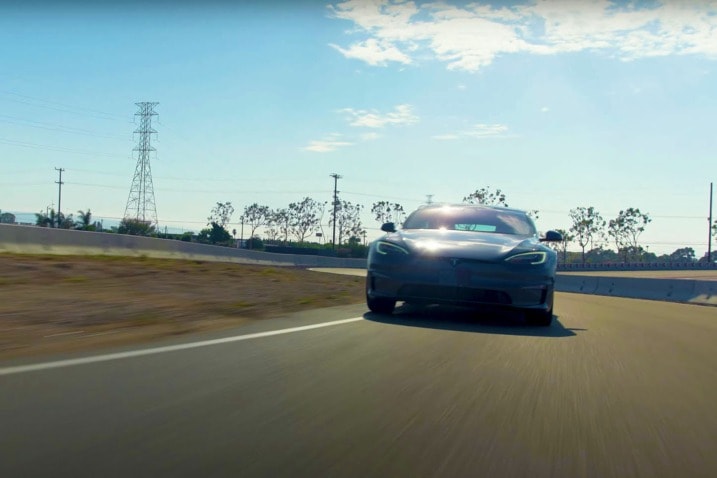
 by
by